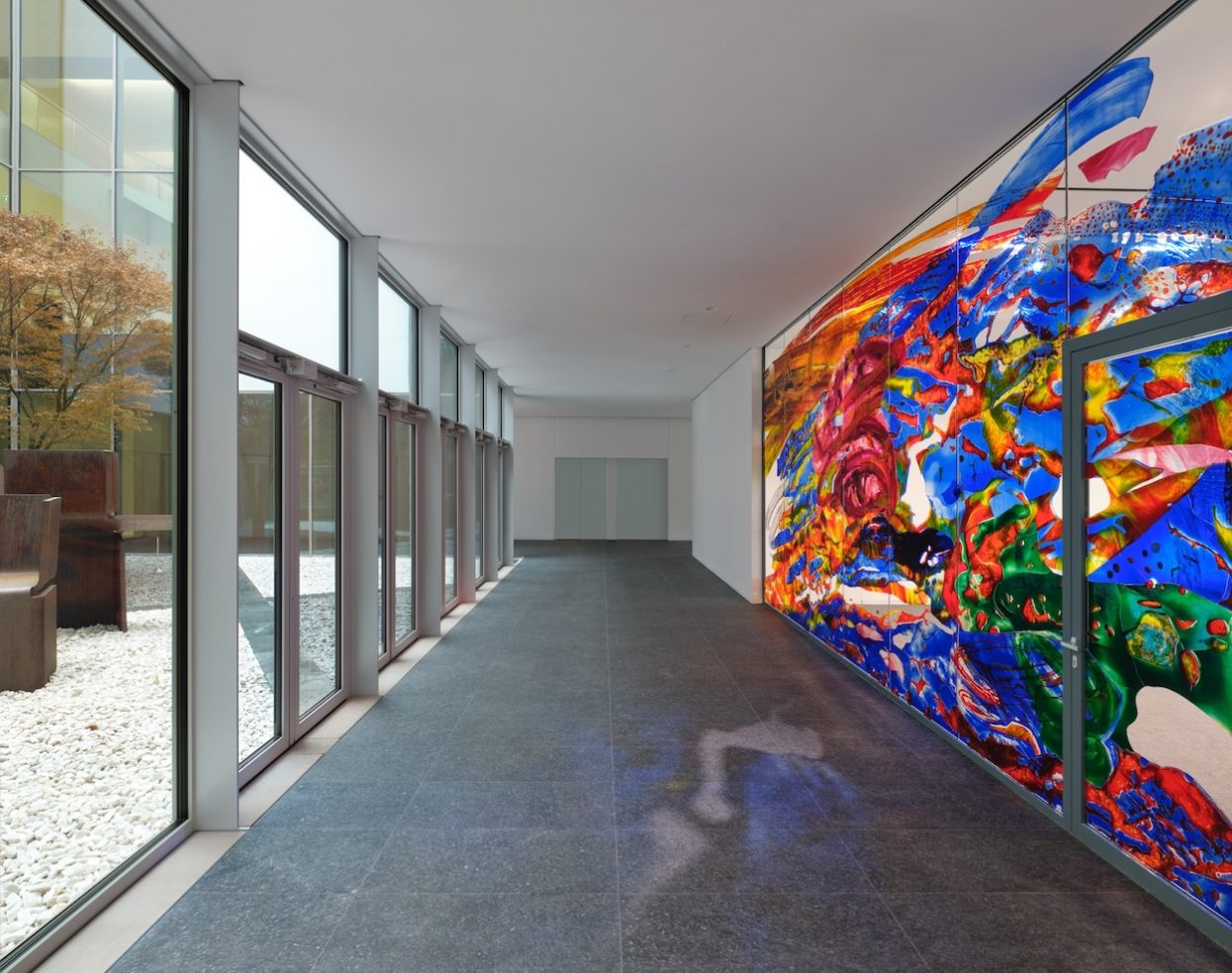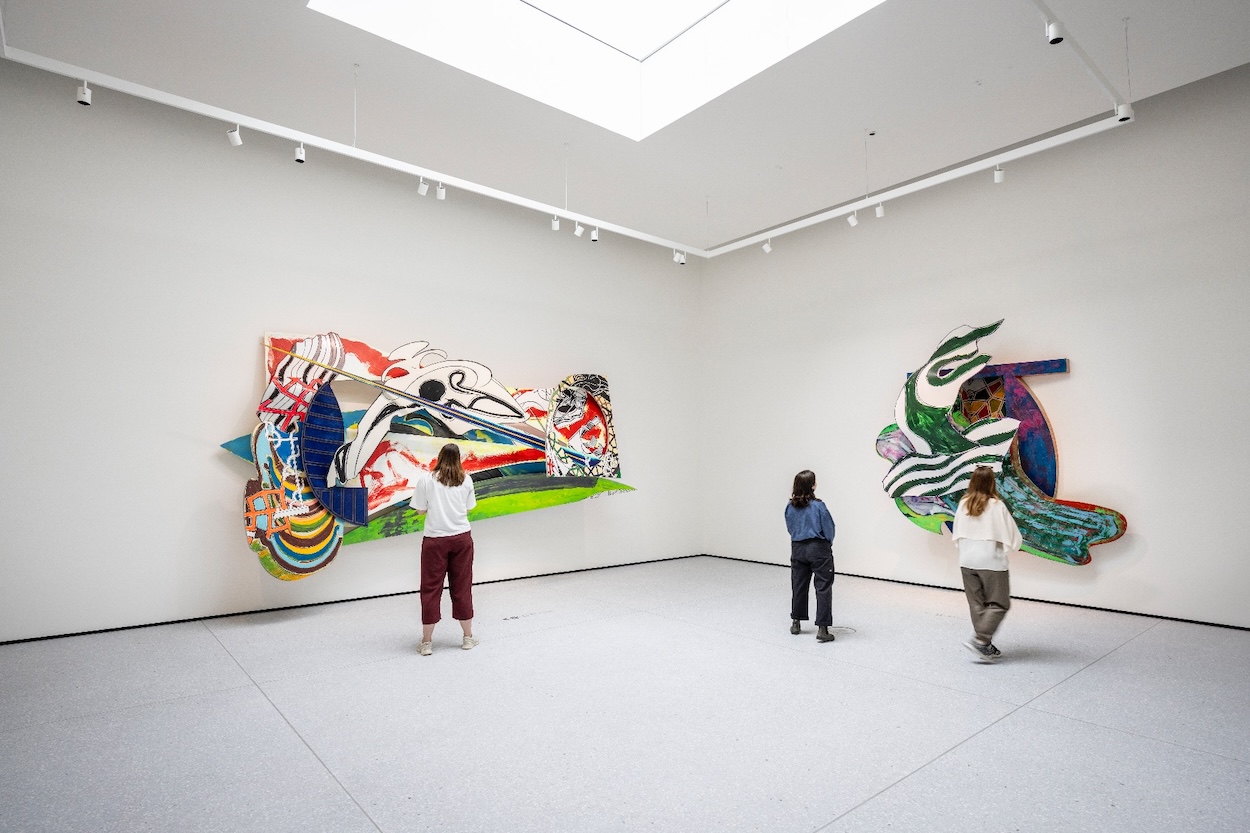Fumihiko Maki died earlier this summer after a storied career that involved kickstarting the Japanese Metabolism movement, scooping the Pritzker Prize, and designing one of the most graceful skyscrapers at the redeveloped World Trade Center. His death, at the age of 95, preceded by mere days the ribbon-cutting of his final project, Museum Reinhard Ernst in the quiet German city of Wiesbaden. It very well encapsulates what museum architecture does best.
Eschewing grandiose gestures that threaten to overpower the robust collection of collector Reinhard Ernst’s postwar abstract art, the building’s brilliance shines in subtle moments. It starts with the facade’s velvety white granite—a coat of quartz sand catches sunlight, lending the cubic structures a faint sheen. Locals already nicknamed it “sugar cubes.”
Ernst had previously tapped Maki to design a community center in Japan, so the two were well-acquainted. Maki dutifully studied his collection to inform the interior, a pristine sea of white awash in sunlight thanks to a smattering of atria and a glass-walled courtyard evoking Japanese gardens. A solitary piece by Eduardo Chillida presides there, but distracted eyes may wander to niches containing a gilded duo of rippling Tony Cragg sculptures or a bright-red mash of freeway barriers by Bettina Pousttchi.
Ernst gravitates toward color—pieces by Helen Frankenthaler, Frank Stella, and Katharina Grosse project, but not too loudly—so Maki envisioned a frictionless vehicle for the collection to breathe. That doesn’t mean his work takes a backseat; a show honoring his career is up through February. There, one learns that in 1985, to celebrate 20 years of his firm, he voiced a dream to design ten museums. He didn’t live long enough to fully witness it, but there’s reason to be proud: Museum Reinhard Ernst is his tenth.



